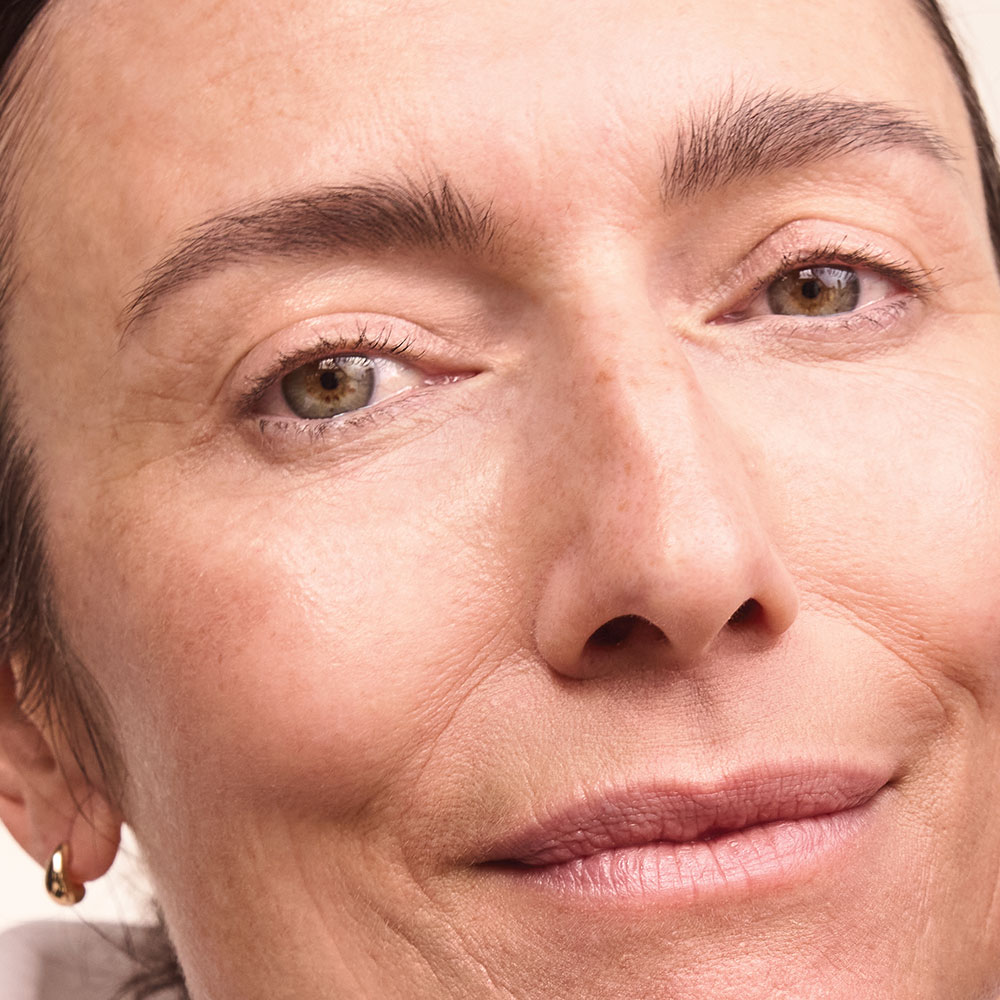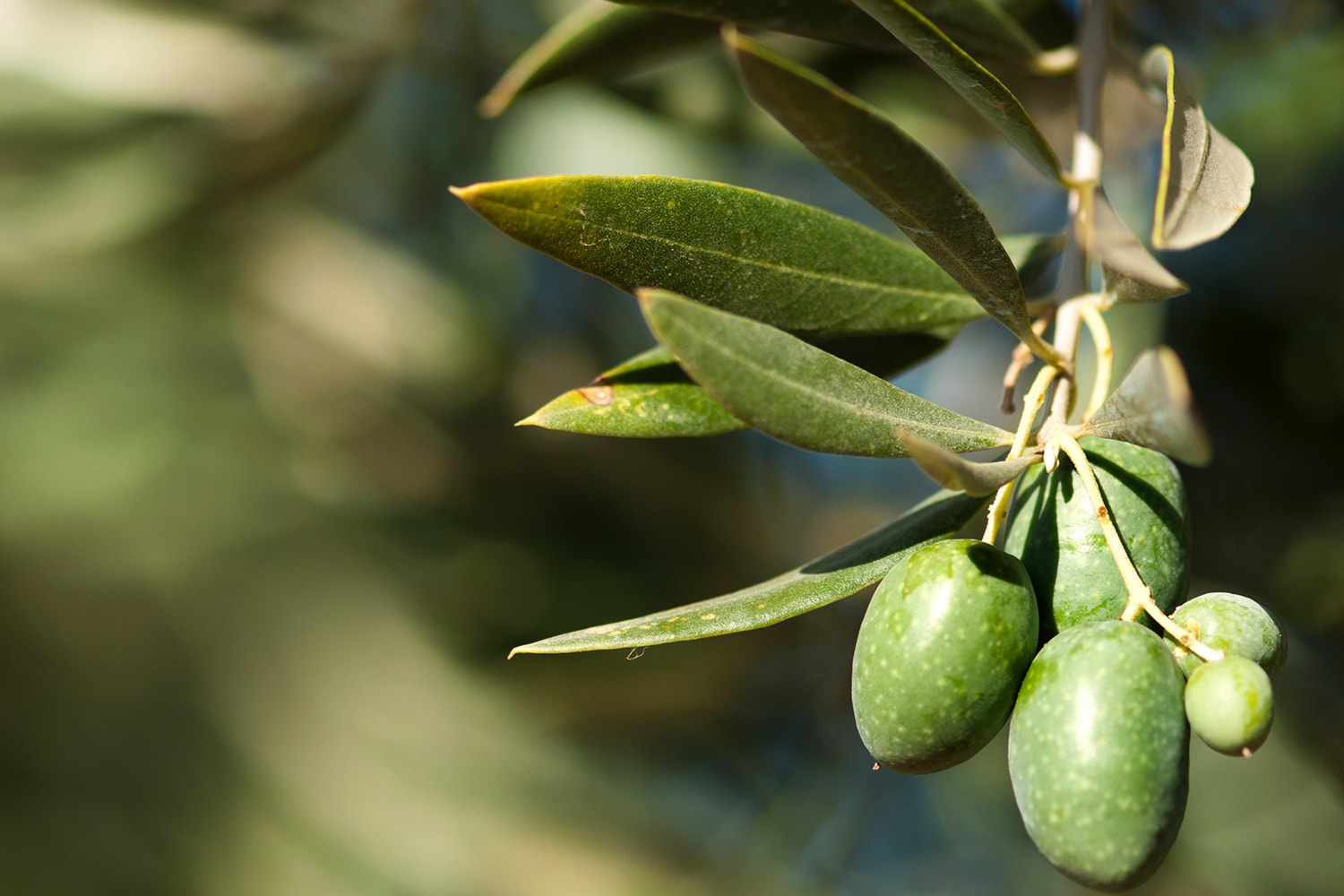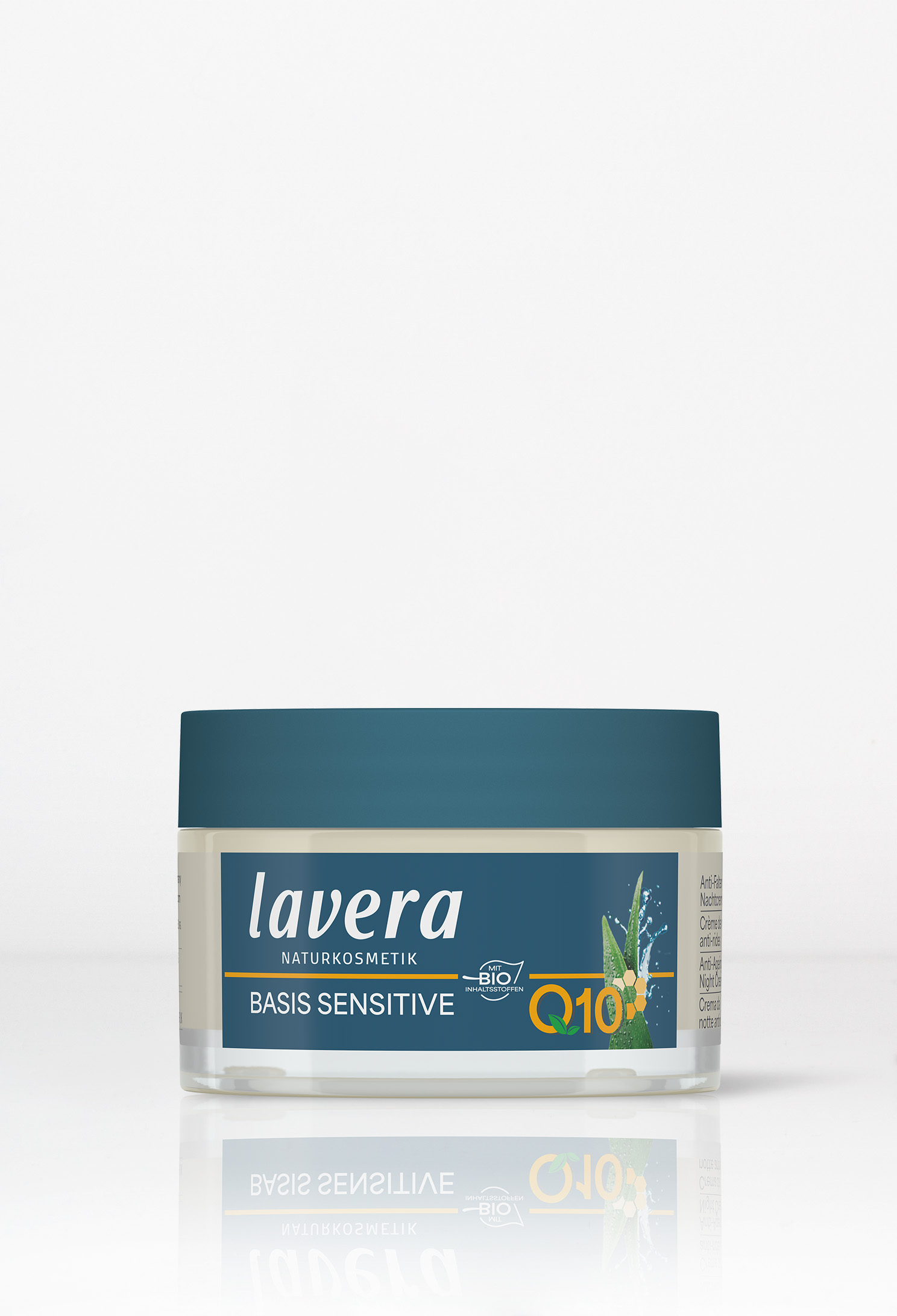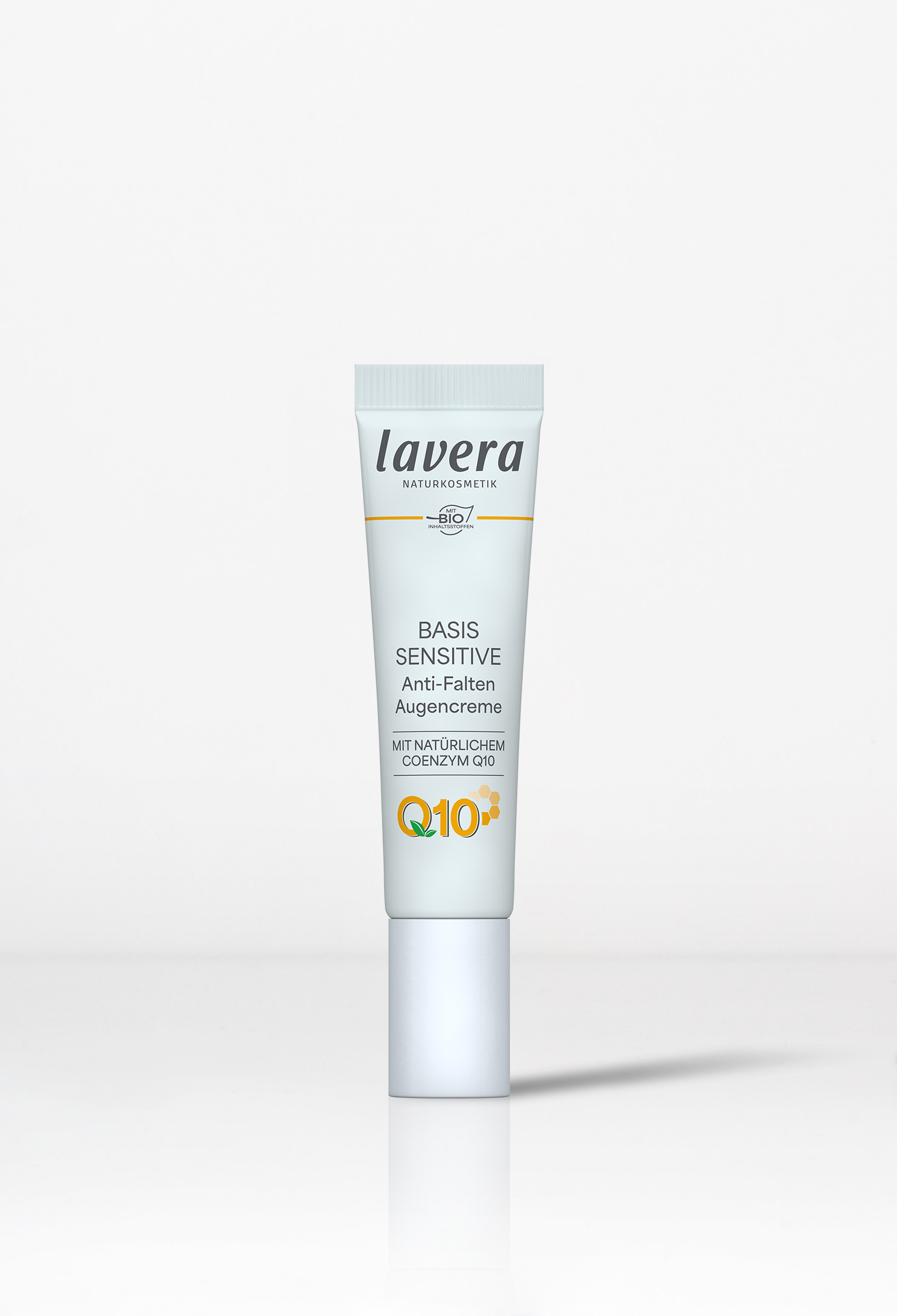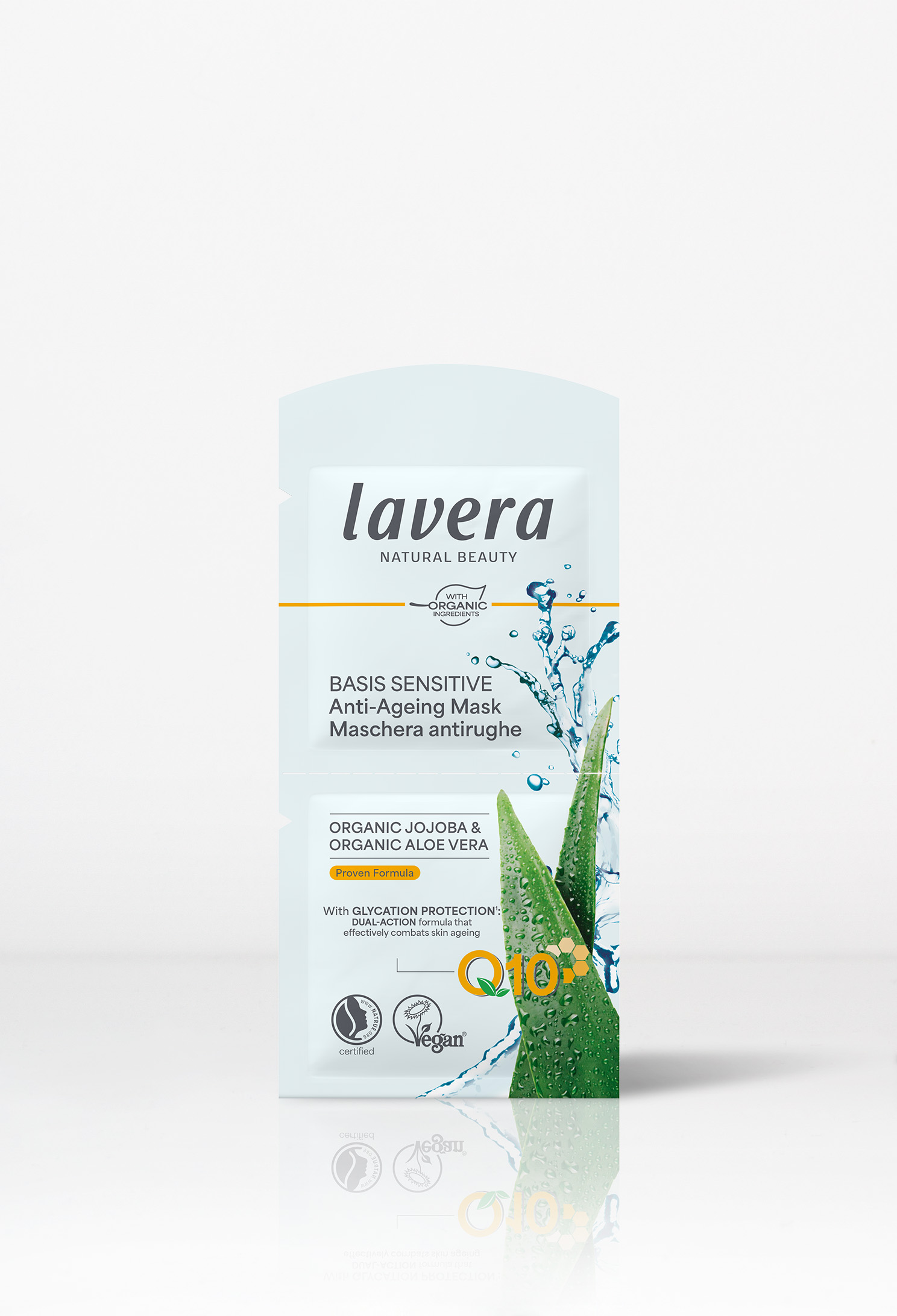Did you know that different types of sugar, such as glucose and fructose, can age not only your body but also your skin? They can cause vital skin proteins like collagen and elastin to stick together – a process experts call glycation. But what exactly is glycation? And what does it mean for individual skin aging? On this page, we answer the most common questions about this fascinating topic.
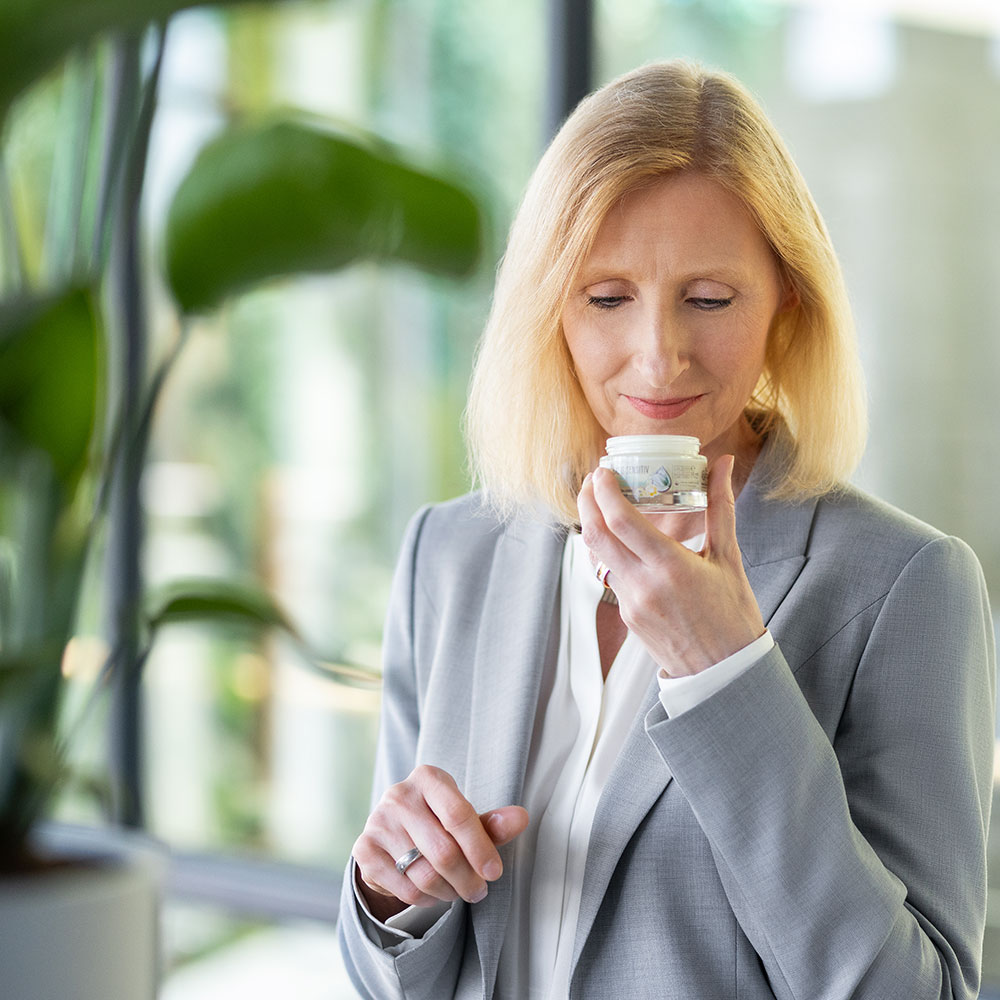
Over time, especially with persistently high blood sugar (e.g., in diabetes or a sugar-rich diet), the formation of so-called AGEs (Advanced Glycation Endproducts) increases. These accumulate in the skin and accelerate skin aging.
In short: Glycation of the skin is the visible effect of glycation on skin tissue and a major factor in the development of wrinkles and premature skin aging. The skin appears duller, loses its firmness, and wrinkles form earlier. Increased sugar consumption also slows down the skin’s regeneration.
When was “glycation of the skin” first discovered scientifically?
The process of so-called “glycation of the skin,” scientifically known as glycation, has been known for over 100 years. The underlying chemical reaction—the non-enzymatic binding of sugar to proteins—was first described in 1912 by the French chemist Louis Camille Maillard and later became known as the “Maillard reaction.” Originally, this reaction was studied in connection with the browning effect during food preparation.
However, the specific relevance of glycation for the skin and skin aging has only been researched more intensively in recent decades. Since the 1980s, scientists have demonstrated that these sugar-protein compounds, called Advanced Glycation Endproducts (AGEs), also form in the human body – especially in the skin – and contribute to accelerated skin aging.
Which factors promote glycation of the skin?
At the top of the list is a diet high in sugar: Those who frequently consume sweets, white flour products, or soft drinks cause more sugar to circulate in the blood, which can then more easily bind to skin fibers.
Chronically elevated blood sugar levels, such as those in diabetes or insulin resistance, also accelerate glycation. As we age, our bodies become less efficient at breaking down harmful sugar compounds—so glycation is also a natural aging process.
Other accelerators include smoking, alcohol, stress, and lack of sleep: These increase so-called “free radicals” in the body, which further promote harmful sugar compounds. Intense sun exposure can also make the skin more susceptible to glycation.
The good news: With good skincare, a conscious diet, adequate sleep, sun protection, and a generally healthy lifestyle, everyone can actively help slow down the process of skin glycation and keep their skin radiant and elastic for longer.
Yes, increased sugar consumption has a significant impact on the skin. When we regularly consume a lot of sugar—whether through sweets, soft drinks, white flour products, or hidden sugars in processed foods—blood sugar levels rise. This excess sugar can bind to proteins in the body, leading to glycation.
Sugars like glucose and fructose are particularly problematic for the skin because they directly contribute to the formation of AGEs. Other sugars can also form AGEs, but the speed and extent can vary. Therefore, it is important to control sugar intake to maintain skin health and slow down skin aging.
For the skin, the rule is: the less sugar, the better! The World Health Organization (WHO) recommends consuming a maximum of 25 grams of sugar per day – that's equivalent to about five to six teaspoons and around five percent of daily energy intake. This amount applies not only to general health but also protects the skin from premature aging caused by glycation.
Please note: These signs are not exclusively due to glycation but can indicate that the skin is affected—especially in people with high sugar consumption or diabetes, as harmful sugar compounds (AGEs) accumulate more quickly. Clear evidence is only possible through special medical tests, such as measuring AGEs in the blood or with special skin scanners at the dermatologist.
Glycation is a chemical process that cannot be completely reversed. Once formed, Advanced Glycation Endproducts (AGEs) are extremely stable and are broken down very slowly or not at all by the body. That’s why they accumulate in tissues like the skin and contribute to aging over the long term. However, the process can be slowed down with a healthy lifestyle and appropriate skincare. Recent research has shown in in-vitro tests that the unsaponifiable components of olive oil, a key ingredient in the new lavera BASIS SENSITIVE Q10 care line, can reduce glycation by 40%.
The unsaponifiable fraction of olive oil is the part that remains after saponification – the process of turning fats into soap. This fraction contains concentrated bioactive substances such as polyphenols, triterpenes, phytosterols, and vitamin E. These compounds are responsible for many of the positive effects of olive oil on the skin.
The main mechanism is their strong antioxidant effect: the polyphenols and triterpenes in the unsaponifiable fraction neutralize free radicals, which accelerate the glycation process in the skin. Free radicals are produced, for example, by UV radiation, environmental toxins, or inflammation, and promote the binding of sugar molecules to skin proteins like collagen.
Studies have also shown that certain polyphenols (e.g., hydroxytyrosol and oleuropein) from olive oil can directly inhibit the chemical reaction between sugar and proteins. They act as a "protective shield," preventing sugar from attaching to skin fibers and forming harmful AGEs. This protects the skin’s elastic fibers from stiffening and premature aging.
How unsaponifiables from olive oil work
The unsaponifiable fraction from olive oil protects the skin from glycation in two ways:
1. Through its antioxidant properties, which trap free radicals, and
2. By directly inhibiting the sugar-protein binding. This helps maintain skin structure for longer and measurably slows down skin aging.

Conclusion
So-called glycation of the skin is the irreversible process in which sugar binds to important skin proteins like collagen and elastin. This makes the proteins rigid, promoting wrinkles and loss of elasticity. The skin also becomes more susceptible to inflammation and regenerates less effectively. You can counteract this by reducing your intake of different types of sugar, using anti-glycation care (in vitro) such as the basis sensitive Q10 line and natural UV protection, and maintaining a healthy lifestyle with good eating habits. This way, you support your skin health and help it remain radiant and elastic for longer.





